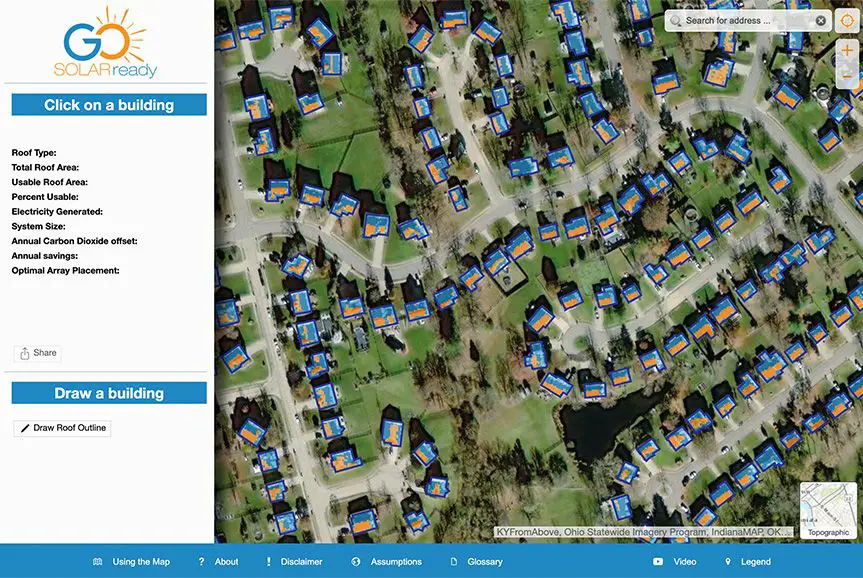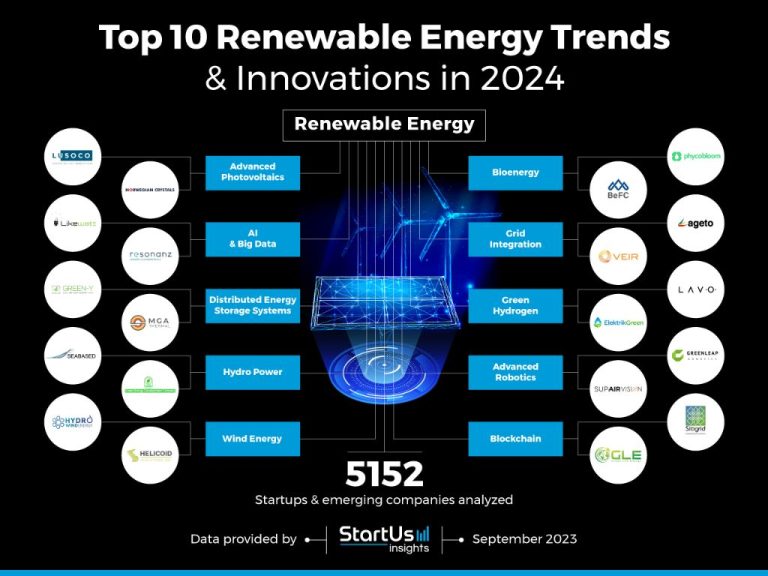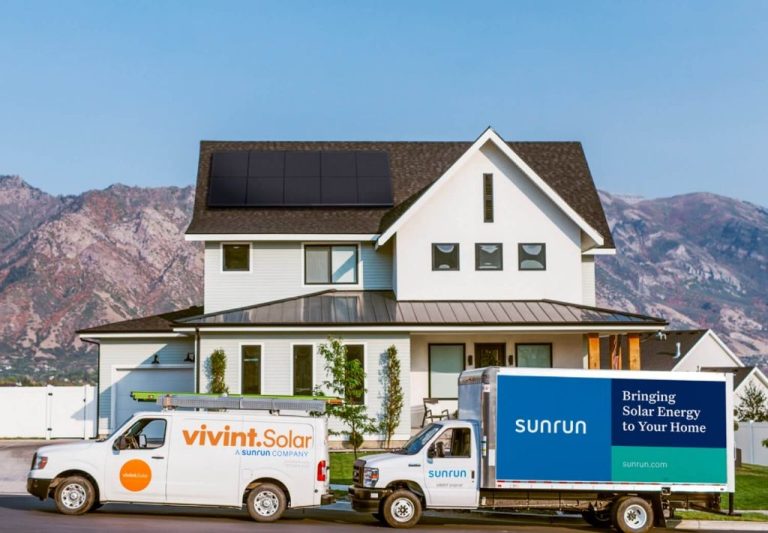How Many Kw Of Solar Panels Do I Need?
Solar panels provide households with a way to generate electricity from sunlight. They allow homeowners to reduce their reliance on the grid, take control of electricity costs, and lower their environmental footprint. The number of solar panels needed for a home depends on how much electricity the household uses and what solar energy goals they want to achieve.
The main factors that determine the size of a home solar system are the household’s energy usage, desired solar offset, available roof space, solar panel efficiency, and future expansion plans. The optimal number of solar panels balances these considerations to meet a home’s unique needs and goals.
Calculate Your Energy Usage
The first step in determining how many solar panels you need is calculating your annual energy usage. This allows you to properly size your system to meet your electricity needs.
To calculate your usage, look at 12 months of electric bills and add up your monthly kilowatt hour (kWh) usage. This will give you your annual usage. If you don’t have access to 12 months of bills, you can estimate usage based on a smaller sample size.
You can also consider getting a home energy audit, which will assess the energy efficiency of your home. An audit can help identify opportunities to reduce your energy usage through upgrades like added insulation or sealing air leaks. Reducing your overall usage will in turn reduce the solar panel system size needed.
Once you know your annual electric usage, you’ll have the key data point for determining what size solar array to install. With your usage in hand, you can size your system capacity accordingly.
Determine Your Goals
When deciding how many solar panels you need, it’s important to first determine your goals for going solar. Here are some key considerations:
Going 100% Solar vs. Offset Usage
Do you want your solar system to fully power your home? Or are you looking to simply offset a portion of your energy usage? If your goal is 100% solar, you’ll likely need a larger system size to account for times when solar production is lower.
Power Home Only or Charge Electric Vehicle
Will your solar panels only need to power home appliances and lights? Or do you also want to power an electric vehicle? Charging an EV can add significant demand. Factor in estimated electric mileage and charging needs when determining system size.
Future Energy Needs
Consider any planned home expansions or additions, as well as expected family growth. This will increase your future energy needs. Size your system to comfortably meet both your current and future demands to avoid undersizing.
Taking the time to clearly define your goals and expectations will ensure your solar system is properly sized to match your unique situation and lifestyle needs.
Select A System Size
The size of the solar panel system you need depends on your energy usage and goals. Here are some general sizing guidelines:
- For a grid-tied system to offset 30-50% of your usage, aim for a system around 3-5 kW.
- For a grid-tied system to cover most or all of your usage, go with 6-8 kW or more.
- For a complete off-grid system that powers your entire home, 10 kW or larger is usually required.
To choose the optimal size, calculate your average daily energy usage in kWh. Identify how much of that you want to offset or supply with solar. That will determine the minimum system size needed. Also factor in future energy needs if you plan to install an EV, geothermal HVAC, or other major new loads. Oversizing slightly allows for some future expansion.
Calculate Required Number of Panels
Once you’ve determined the system size you need, the next step is to calculate the number of solar panels required. Solar panels typically range in power output from 250-400 watts, with most residential panels in the 300-350 watt range.
To determine the number of panels, take the total system size and divide it by the wattage of the panels you plan to use. For example:
If your required system size is 6000 watts (6kW) and your panels are rated for 325 watts each, you would need:
Number of Panels = System Size / Panel Wattage
Number of Panels = 6000W / 325W per panel
Number of Panels = 18.5 panels
So in this example, you would need 19 panels to achieve a 6kW system size. Always round up to the nearest whole number of panels.
Factor In Your Roof Size and Layout
When determining the number of solar panels needed, it’s important to consider the physical size and layout of your roof. The angle, direction, and shading of your roof can significantly impact the energy production of your solar array.
In general, south-facing roofs with a tilt angle close to your latitude offer the highest solar energy production in the northern hemisphere. East, west, and flat roofs can also work but will produce less energy. You’ll want to avoid excessive shading from trees, chimneys, or other buildings as much as possible.
Your roof layout will ultimately limit the number, size, spacing, and total power capacity of solar panels you can install. Carefully measure the usable roof space and map out potential panel locations. Consider spacing panels apart for airflow and maintenance access. Avoid overlapping panels or placing them too close to the edges of your roof.

A rough rule of thumb is you need about 100 square feet of roof space per standard 60-cell solar panel. So for example, if you have a 1,000 square foot south-facing roof, you may be able to fit 10 standard panels. Your solar installer can help assess your specific roof and propose an optimal panel layout.
Taking the time to properly evaluate your roof’s size, angle, direction, and shading is an important step to right-sizing your solar panel system and maximizing production.
Understand Efficiency Losses
When determining the number of solar panels you need, it’s important to understand that the rated power output of solar panels is measured under ideal laboratory conditions. In real-world installations, solar panels will produce less power than their rated output due to various efficiency losses.
The main factors that reduce solar panel efficiency include:
- Heat – Solar panel efficiency decreases as temperature increases. On hot days, efficiency can drop by 10-25%.
- Dirt & Dust – Panels that aren’t cleaned regularly will produce less power due to blocked sunlight.
- Age – Solar panels lose around 0.5% of their power output per year as they degrade over time.
- Shading – Even small amounts of shade from trees or buildings can greatly reduce output.
- Inverter Inefficiency – Inverters convert solar DC power to AC power for your home and lose some power in the process.
To account for these real-world efficiency losses, it’s recommended to oversize your solar panel system by around 20% compared to the rated power required. For example, if you calculate you need a 5 kW system, get a system rated for 6 kW to produce that 5 kW after losses.
Oversizing the system allows it to still meet your power needs despite reduced output. It also leaves room for future energy increases or the gradual decline in panel productivity over time.
Consider Future Expansion
When designing your solar system, it’s smart to consider potential future expansion. Adding more solar panels down the road is much easier when the infrastructure is already in place to support expansion.
Oversizing key components like your inverter and wiring allows you to add more solar capacity later on. An inverter converts the DC power from solar panels into usable AC power for your home. By purchasing a larger inverter than you need for your initial number of panels, you can simply plug in more panels later on. The wiring that connects your system should also be sized to support additional panels.
While oversizing does add cost upfront, it saves you from having to purchase new equipment and run wiring again in the future if you want more solar power. Aim to have at least 20-25% extra capacity in your inverter and wiring to allow for expansion.
Designing in capacity for growth is a best practice for solar installations. With falling panel prices and rising utility rates, expanding your system in 5-10 years will likely make financial sense. Plan ahead so you can easily augment your system when the time is right.
Compare Quotes
It’s important to get multiple solar quotes tailored specifically for your roof and energy needs. While it may seem easier to go with the first bid or cheapest option, the specifics of each solar bid can vary greatly and impact your long-term costs and savings.
Key variables that affect solar installation quotes include:
- Solar panel equipment – Brand, wattage, and type of solar panels being installed
- Inverter equipment – Size and quality of the inverters
- Roofing work – Any repairs, replacements, or structural upgrades needed
- Electrical work – Upgrading home’s electrical panel or wiring
- Permitting fees – Costs to obtain permits and inspections
- Labor rates – Hourly installation rates charged
- Travel fees – Costs for technicians to drive to your location
- Profit margins – How much installers mark up equipment and labor costs
To make the best decision for your home and budget, be sure to get at least 3 quotes and ask the installers detailed questions about the equipment quality, projected output, warranties, and long-term maintenance.
Choosing the right solar company is also important – look for an installer that has been in business for many years, has strong reviews and certifications, and provides exceptional customer service. Avoid going for the cheapest bid if it seems too good to be true.
Conclusions
In determining how many kW or solar panels you need for your home, the key factors to consider are calculating your energy usage, setting your solar goals, selecting an appropriately sized system, accounting for roof size and layout, understanding efficiency losses, allowing for future expansion, and comparing installer quotes.
By following the steps outlined above to quantify your specific energy needs and compare system options, you’ll be equipped to choose the right solar panel system to meet your goals. For further learning, consult solar experts, manufacturers’ sizing guidelines, and energy consumer resources. The next step is to get quotes from at least 3 local installers, compare options and pricing, and choose a solar company to partner with on your solar panel project.
With a careful assessment of your home’s needs and the available solar solutions, you can determine the ideal solar panel system size and capacity to maximize your energy savings and move towards energy independence.





